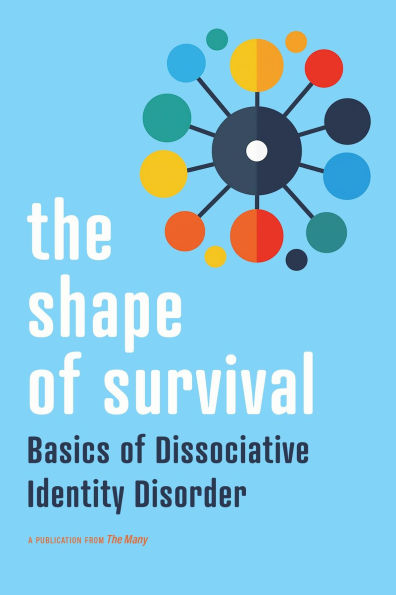Dissociative Identity Disorder isn't a myth. It isn't a spectacle. It's a survival strategy.
The Shape of Survival is an introduction to DID written by people who live it-systems who've spent years navigating life in a world that rarely understands what DID really is. For too long, systems have had to search in silence, piecing together answers from scattered, clinical, or sensational sources. This book changes that. Presented by The Many, this short guide offers the basics: how DID forms, how it shows up in daily life, and what it means to live and function as a system. Whether you're a system yourself, love someone who is, or want to truly understand DID beyond the headlines, this book offers what's often missing-real-world clarity, grounded in lived experience. Because no one should have to figure this out alone. DID isn't something to be feared. It's something to be understood.
Dissociative Identity Disorder isn't a myth. It isn't a spectacle. It's a survival strategy.
The Shape of Survival is an introduction to DID written by people who live it-systems who've spent years navigating life in a world that rarely understands what DID really is. For too long, systems have had to search in silence, piecing together answers from scattered, clinical, or sensational sources. This book changes that. Presented by The Many, this short guide offers the basics: how DID forms, how it shows up in daily life, and what it means to live and function as a system. Whether you're a system yourself, love someone who is, or want to truly understand DID beyond the headlines, this book offers what's often missing-real-world clarity, grounded in lived experience. Because no one should have to figure this out alone. DID isn't something to be feared. It's something to be understood.

The Shape of Survival: Basics of Dissociative Identity Disorder
168
The Shape of Survival: Basics of Dissociative Identity Disorder
168eBook (First Edition Trade Paperback)
Related collections and offers

